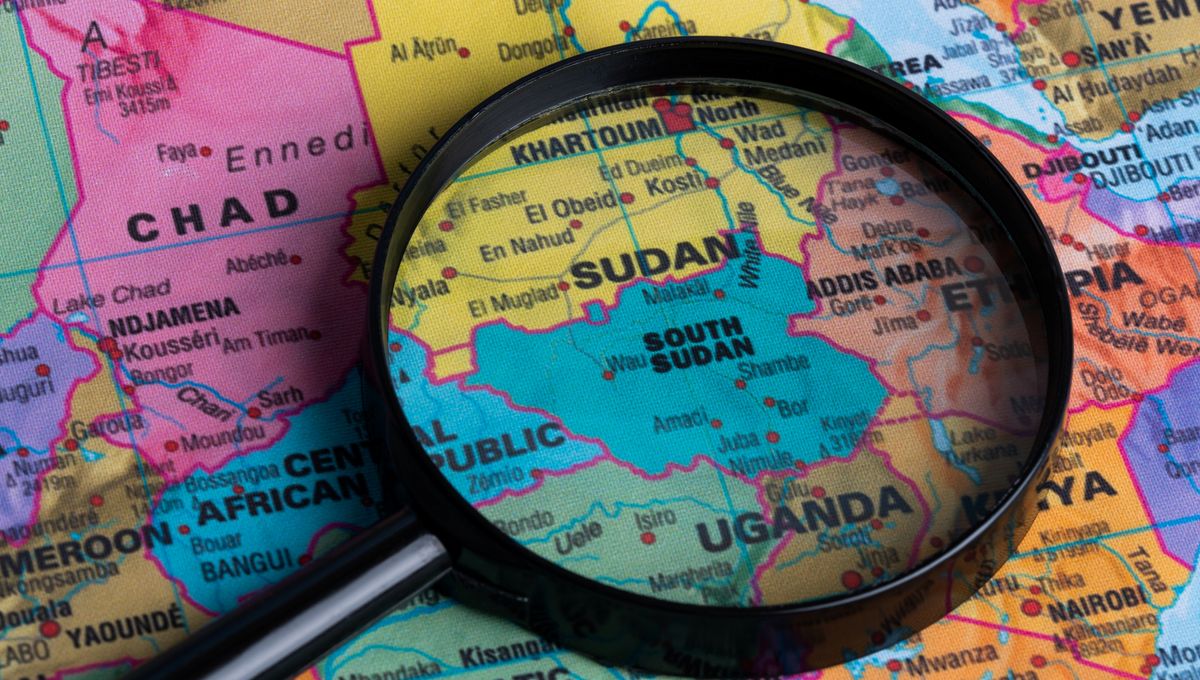
It’s easy to think of countries as having been around for a long time, but many of the world’s nations are yet to have even reached 100. In fact, the youngest that’s most widely recognized, South Sudan, is only just about to turn 14 – but it might soon lose its title for “world’s newest country”.
The newest country in the world…
South Sudan – officially known as the Republic of South Sudan – became a country on July 9, 2011, seceding from Sudan after a referendum in January of the same year. That vote saw 99 percent of South Sudanese people polled voting for independence from the north.
At that point, the young republic became a landlocked nation approximately 644,329 square kilometers (248,777 square miles) in size, just a smidge (about 50,000 square kilometers) smaller than Texas. It’s bordered by Sudan to the north (with a border region known as the Abeyi Area claimed by both), Ethiopia to the east, Kenya, Uganda, and the Democratic Republic of the Congo to the south, and the Central African Republic to the West.
South Sudan is also young not just in its age as an independent state, but in terms of its population. The country is home to around 12,703,714 people, the average age of whom is just 18.7 years old. In fact, just over 42 percent of the South Sudanese population is under the age of 14; in comparison, only 18 percent of the US population sits within that same age bracket.
…but for how long?
While South Sudan is currently the newest country in the world, it might soon have that title taken away from it by a place nearly 14,000 kilometers (8,700 miles) away: Bougainville.
Officially known as the Autonomous Region of Bougainville, this region is currently still part of Papua New Guinea, an island country in the Pacific Ocean that itself only became independent in 1975. Activists attempted to declare Bougainville an independent nation at the same time, but were unsuccessful in gaining recognition.
Conflict then arose in the late 1980s between the Bougainville Revolutionary Army and the Papua New Guinea Defence Force over the operation of the large Panguna copper mine, later escalating into a full-blown civil war. An estimated 15,000 to 20,000 were killed during the conflict, which eventually came to an end with the signing of the Bougainville Peace Agreement in 2001.
As part of that deal, Bougainville was to establish an autonomous government, and later a referendum on independence. That referendum finally took place in 2019 – and nearly 98 percent of Bougainvilleans voted “yes” for independence.
However, Bougainville is yet to become its own nation. The earliest time it could happen, according to an agreement between the leaders of Bougainville and Papua New Guinea, is this year, and the latest, 2027. Exactly when independence will happen – and what it’ll look like when it does – is still very much on the table.
Source Link: What’s The World’s Newest Country?